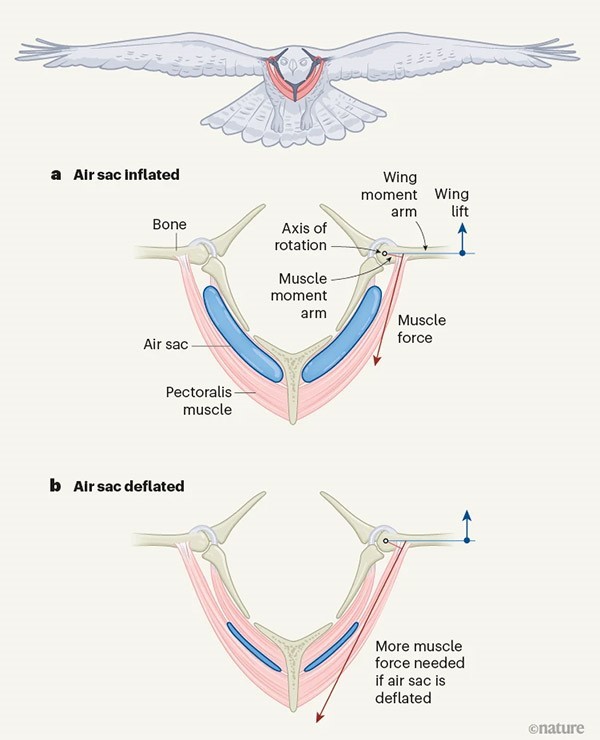Hello Nature readers, would you like to get this Briefing in your inbox free every day? Sign up here.

The galaxy SDSS1335+0728, 300 million light years away from Earth, has doubled in brightness in mid-infrared wavelengths and has become at least 10 times brighter in the X-ray range. (ESO/M. Kornmesser)
A black hole that’s more than one million times more massive than the Sun has suddenly woken up at the centre of a distant galaxy, dubbed SDSS1335+0728. The stirring black hole might be the culprit behind the galaxy’s unusual brightening, which has had scientists scratching their heads since 2019. The surge in light output is probably due to the presence of an active galactic nucleus, which occurs when a black hole begins chewing through the material that surrounds it. “It’s the first time we’ve seen this in real time,” says astronomer Paula Sánchez Sáez.
Reference: Astronomy and Astrophysics paper
The patents on blockbuster weight-loss drugs such as semaglutide (sold as Wegovy) are running out, and companies in India and China are poised to make lower-cost versions that more people can afford. As well as generics, which are exact copies of chemically synthesized drugs, one way they can slash prices is with ‘biosimilars’. They very closely resemble the original and are made using modified living organisms, such as yeast. Some companies are going further, developing new-and-improved versions. “Not only is the ambition to have a cheaper product, but to have something which is as good, if not better,” says cell biologist Guy Rutter, who consults for a company developing new versions of the drugs in India.
Replacing two 50-car freight trains with one 100-car train raises the odds of derailment by 11% — and these odds increase further the longer the train gets. Although derailments are uncommon, this could change as time and cost pressures lead the freight industry to experiment with ever-longer trains. They can behave like Slinky toys because of the coupling devices that link each car, explains former locomotive engineer Jared Cassity. Jessica Kahanek, from the American Association of Railroads, disputes the study because it fails to take into account that trains with the same number of carriages of different types can have vastly differing lengths.
Scientific American | 5 min read
Reference: Risk Analysis paper
Features & opinion
Some 150 years ago, scientists extracted fossils from Native American lands without permission — and then used the specimens to support racist evolutionary ideas. Palaeontologists should confront this darker side of their discipline’s history, argue Craig Howe, a citizen of the Oglala Sioux Tribe and director of the Center for American Indian Research and Native Studies, and historian Lukas Rieppel. Although Earth sciences deal with rocks and fossils, rather than with artefacts or human remains, they should still be held to the same ethical standards as anthropology and archaeology, they write. Rethinking where and how fossil collections are curated could help to rebuild Indigenous communities’ trust in science globally.
It’s an all-too-common misconception to think of light, electrons and other quantum entities as shape-shifters that can sometimes be waves, and other times particles, says science writer Philip Ball. Recent experiments that were widely reported as showing ‘particles morphing into waves’ reveal the problems of using classical concepts to describe quantum mechanics, he explains. “Wave-particle duality is not a property of the quantum world, but a flawed classical analogy for it.”
Reference: arXiv preprint (not peer reviewed)
Infographic of the week

A system of air sacs minimizes the energy certain birds need for soaring. When inflated, the air sacs — extensions of the respiratory system — change the angle with which the chest muscles pull on the outstretched wing. The discovery of this particular energy-reducing effect is a surprise, writes biologist Bret Tobalske in his analysis of the study. Previous work showed that contractions of the flight muscles during flapping probably reduce the energy required for breathing. (Nature | 7 min read, Nature paywall)

